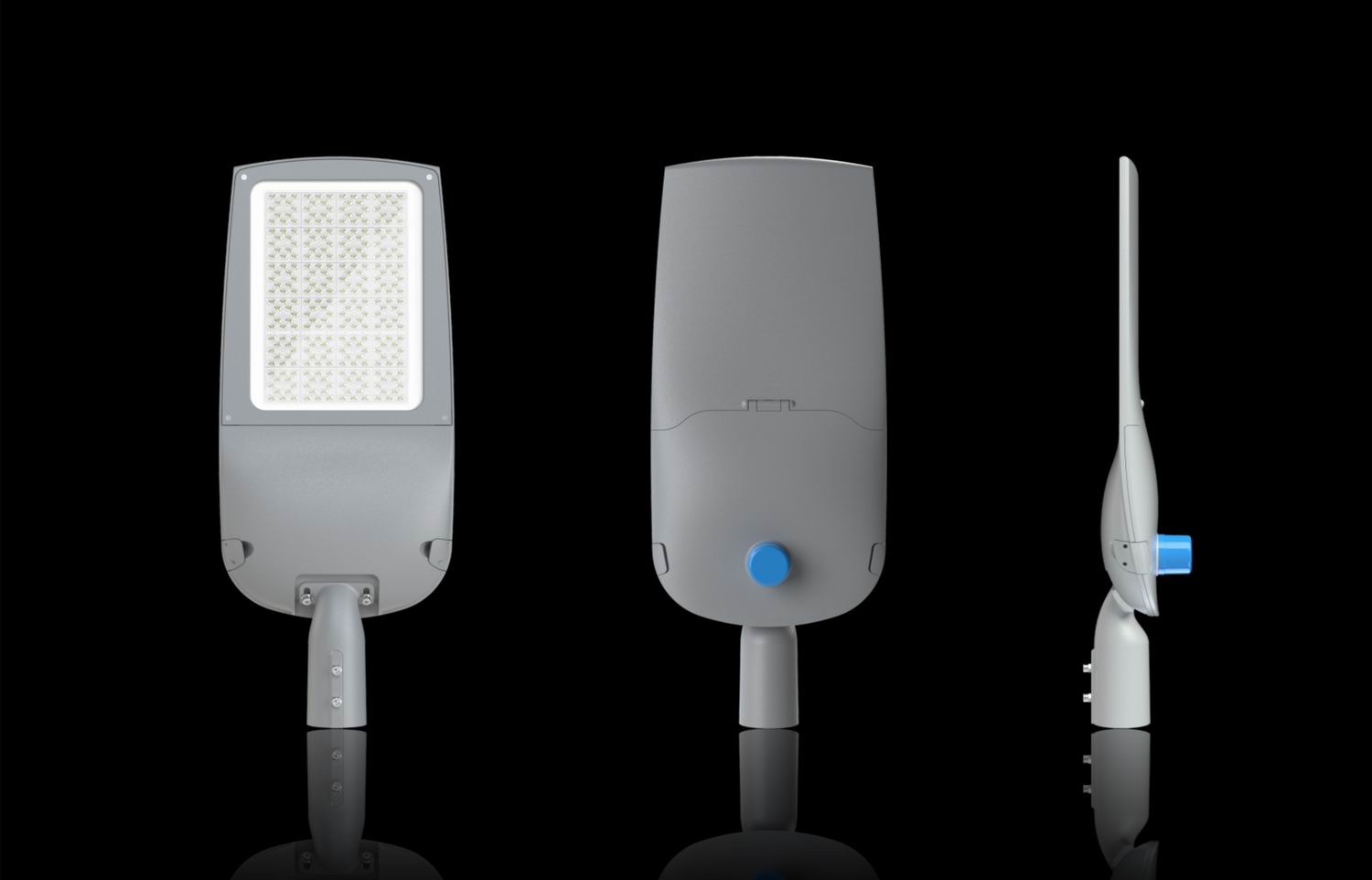The development history of LED lighting source is following.
In 1907, Henry Joseph Round first observed electroluminescence in a piece of silicon carbide, thus starting the study of electroluminescence. The term "electroluminescence" first appeared in 1936 when George Destiau published a report on the light emission of zinc sulfide powder
In the 1950s, British scientists used semiconductor arsenide in experiments with electroluminescence to invent the first modern-day LED, which was introduced in the 1960s.
In the late 1960s, the first visible red LED was invented using phosphide on an arsenic substrate. This was an epoch-making invention, but the early LEDs could not meet practical applications. From the end of the 1960s to the end of the 1970s, people used arsenic and phosphating as light sources to develop LEDs that can emit red light, gray-white green light, yellow light and green light. In the mid-1980s, the first generation of high-brightness red, yellow, and green LEDs using arsenic and lead phosphide as light sources were successively developed. In the early 1990s, blue LEDs with historic significance were developed. In the mid-1990s, ultra-brightness nitriding was successfully developed, and then steel nitrogen edges that can emit high-intensity green and blue light appeared. The ultra-brightness blue chip is coated with fluorescent phosphor, which absorbs the blue light from the chip and converts it into white light. In fact, any color of visible light can be produced by using this technology. Early LEDs were mainly used in products such as indicator lights, calculator display screens, and electronic watches, but now LEDs have been used in various fields such as lighting, backlighting, display, and automobiles. LEDs will increasingly light up our homes, offices and streets.
